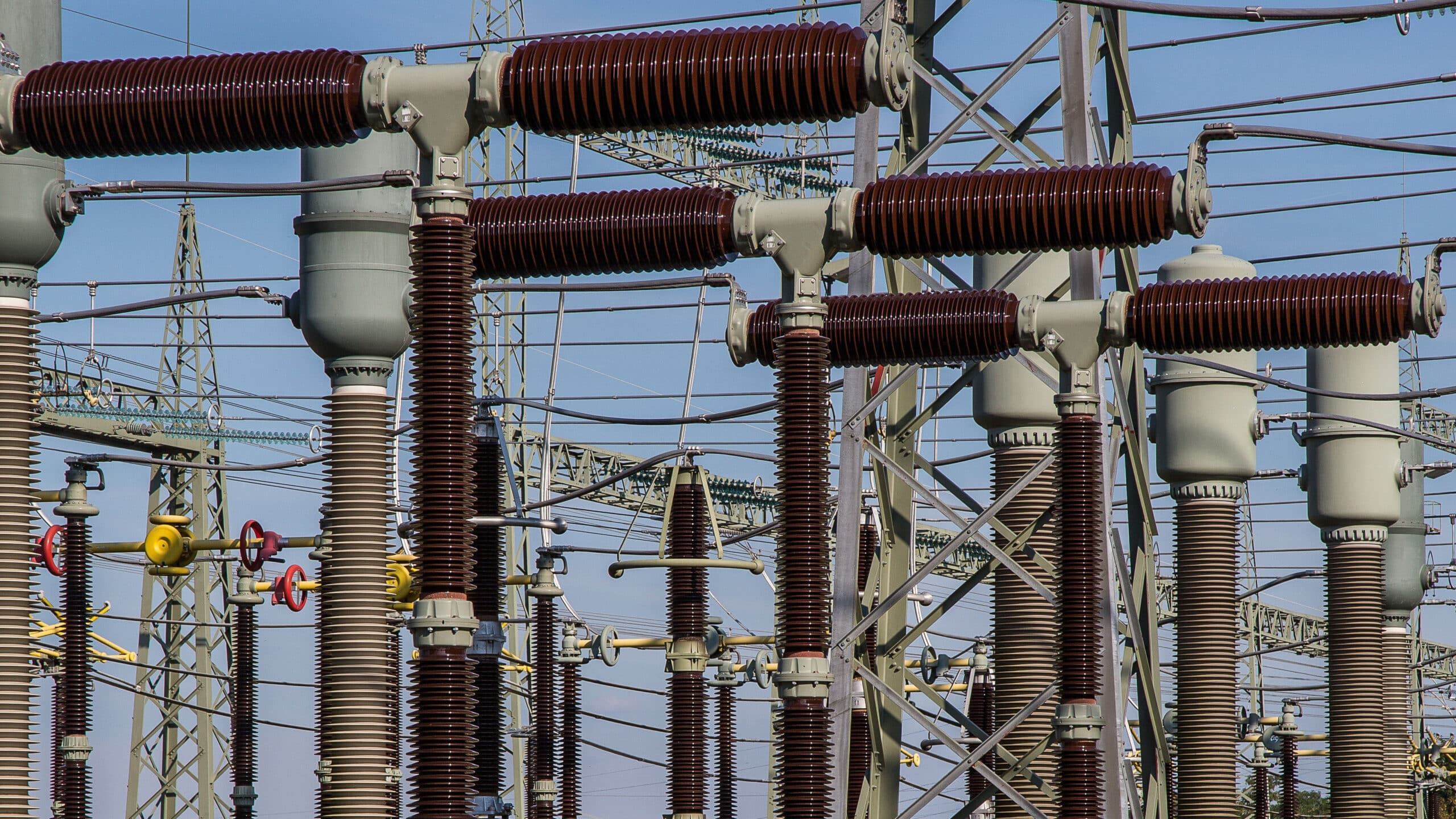Podcast: The Power Grid


With intense weather events, rolling blackouts, and the shift from fosssil fuels to cleaner energy, will our power grid be able to keep up?
Jordan Kern, assistant professor of forestry and environmental resources here at NC State, has some answers to those questions.
The main difference between fossil fuels and greener energy sources like solar and wind, according to Kern, is in our ability to control output.
“For a natural gas power plant or a coal-fired power plant, it’s controllable, meaning, human operators are the ones who get to decide how much electricity is coming from that power plant,” Kern says.
“That’s really the rub with renewables, is that you can build as much as you want, but you don’t always have control over how much electricity is actually coming out of a wind farm or a solar farm. And so, you can build as many of those as you want, but you still need something else that can provide electricity during the times when you don’t have wind or you don’t have solar.”
Compounding these issues is the increase in extreme weather events, which can overstress an aging grid and lead to rolling blackouts – an attempt by power companies to maintain the balance between supply and demand.
“What happened over Christmas in North Carolina when there were rolling blackouts was that demand was really, really high because it was so cold,” Kern says. “There were two failures, at least two failures at natural gas plants that Duke Energy operates that were unexpected. And so, you had this combination of really high demand and less supply than they were expecting.”
So what does the future of the grid look like? As weather events increase demand and we shift to greener but less controllable sources or energy, what’s going to happen?
According to Kern, building in redundancies and trying to predict what will happen are the challenges facing planners right now. It’s a tradeoff between what consumers are willing to bear in terms of cost and providing robust, reliable infrastructure.
“There’s a lot of different possible scenarios that we could go down in terms of electrification of different sources of energy usage, combined with different pathways that the climate could take,” Kern says. “And we don’t know which of those paths we’re on. So, it can be difficult to plan ahead.”


